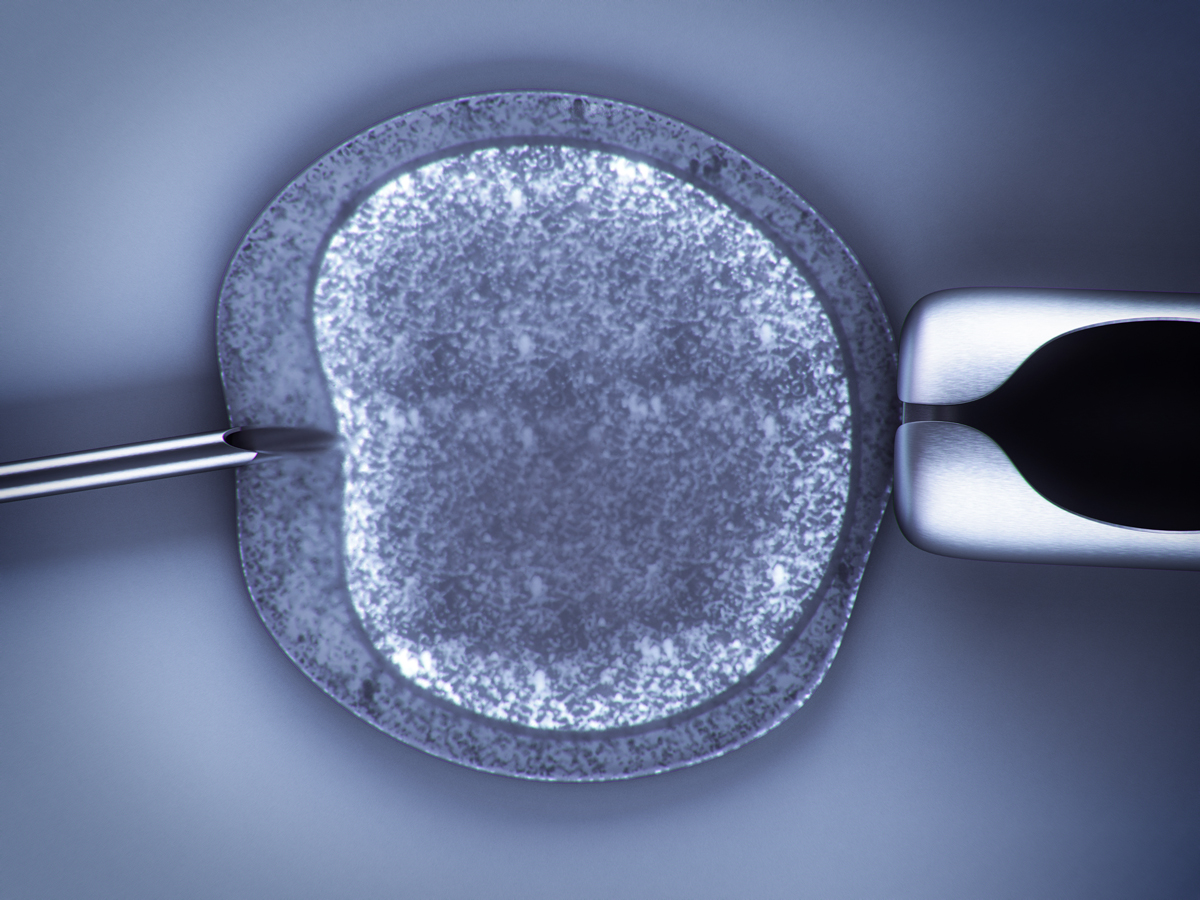“How can we make it happen? Can we even afford it?” …
Especially in difficult times like these, when the coronavirus pandemic is causing widespread economic and social insecurity, such considerations are thoroughly understandable. Many couples who wish to have children may have similar concerns, particularly in situations where costs are incurred long before the child is born.
This applies, above all, to couples facing infertility issues that require the use of assisted reproduction techniques (ART). Needless to say, that the financial aspects play a central role for couples considering IVF treatment. Today, these couples may benefit from public financial support as well as from health insurance benefits.



























